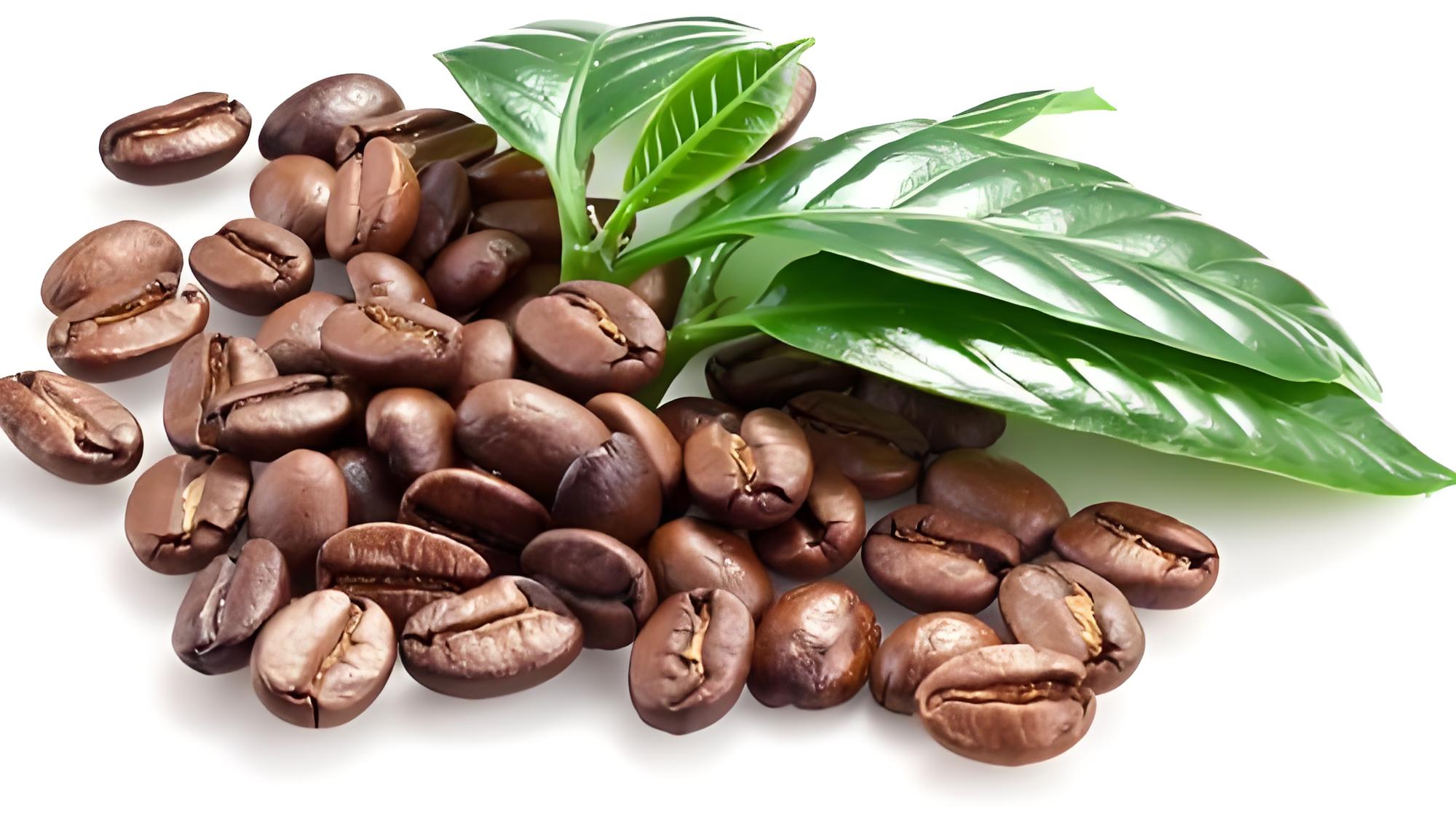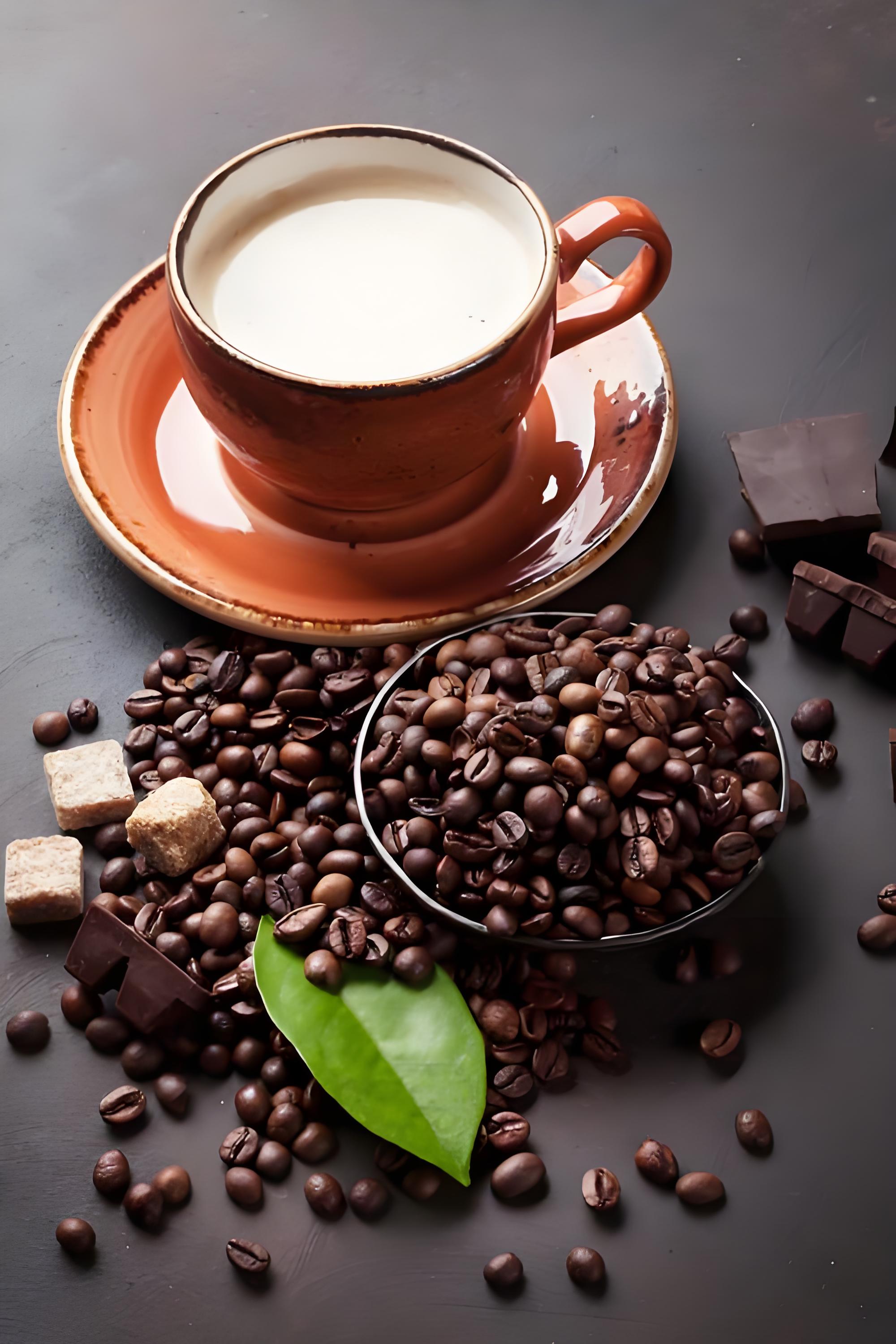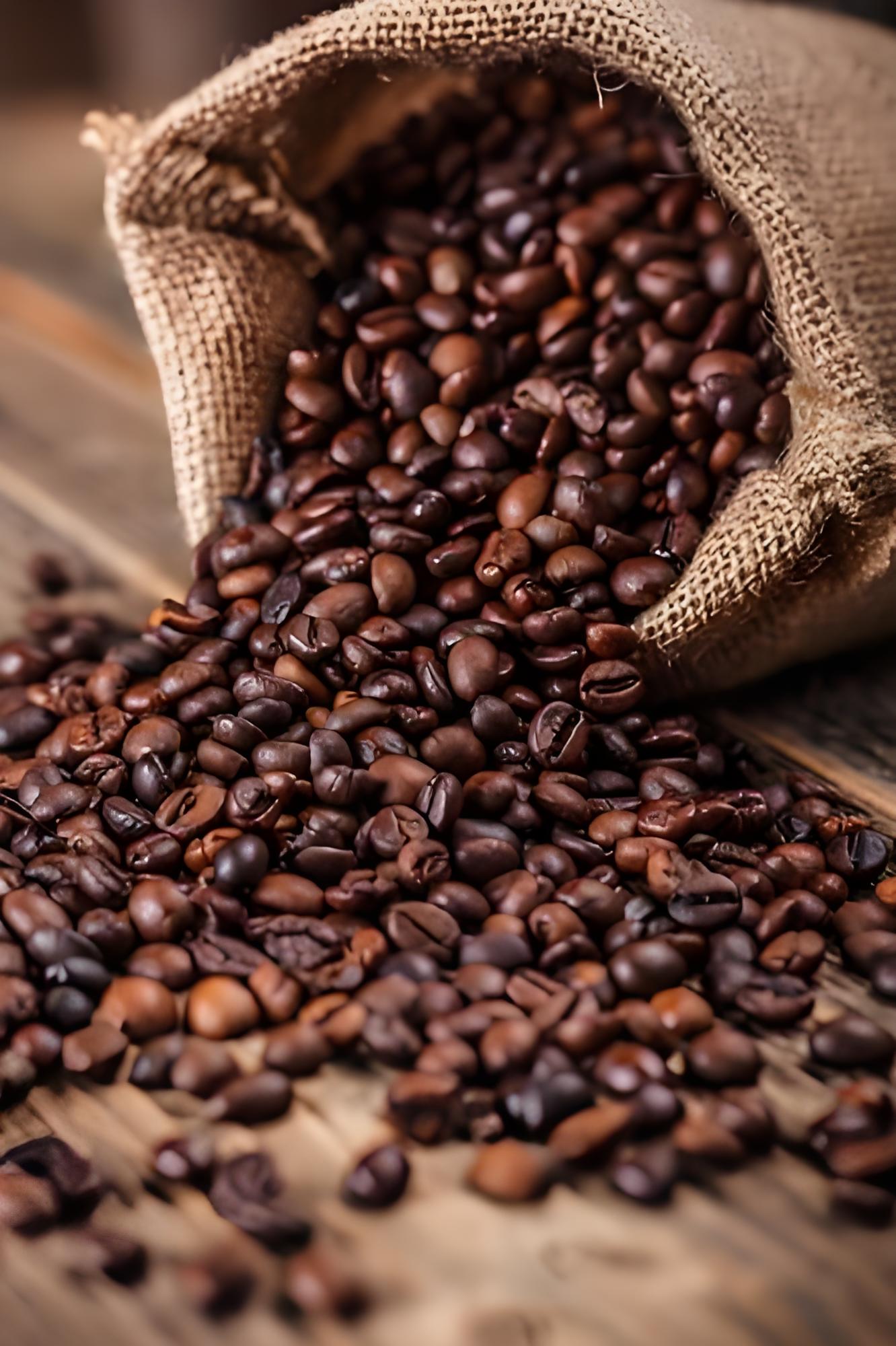I. Preparation Work
1. Select Coffee Green Beans: Carefully screen out bad beans and impurities to ensure the quality of the coffee beans, which has a significant impact on the final flavor of the coffee. For example, shriveled and discolored beans can affect the overall taste.
2. Understand the Dryer: Familiarize yourself with the operation method, temperature adjustment range, capacity and other parameters of the dryer. Different types of dryers, such as hot - air dryers and steam dryers, have different working principles and performances.
3. Prepare Other Tools: A thermometer is needed to monitor the temperature during the drying process. Containers for holding green beans and dried coffee beans should also be prepared, ensuring that the containers are clean and dry.
II. Pretreatment Before Drying
If it is coffee beans after the washed process, drain the excess water on the surface first to avoid too much water entering the dryer, which may affect the drying efficiency and the quality of the coffee beans. For sun - dried coffee beans, if there are dust and other impurities on the surface, they can be appropriately cleaned.


III. Drying Process
1. Set the Temperature:
●In the initial stage, set the dryer temperature at 35 - 40°C. Since coffee in parchment should not be dried at a temperature higher than 40°C, too high a temperature may cause the internal moisture of the coffee beans to evaporate rapidly, affecting the flavor.
●As the drying progresses, gradually raise the temperature to around 45°C, but the drying temperature of natural coffee should not exceed 45°C. The upper limit of the temperature should be strictly controlled.
2. Load the Coffee Beans: Evenly spread the pre - treated coffee beans on the trays or in the drums of the dryer. Pay attention not to pile them too thickly to ensure uniform heating. If drying in batches, ensure that the amount of coffee beans in each batch is appropriate and matches the capacity of the dryer.
3. Start Drying: Start the dryer and let the coffee beans start to dry at the set temperature. During the drying process, closely monitor the temperature change to ensure that the temperature is stable within the appropriate range. You can observe the state of the coffee beans every once in a while.
4. Turn Regularly (for Some Dryers): If a drum - type dryer is used, the coffee beans will be automatically turned during the rotation; but for some tray - type dryers, the coffee beans need to be manually turned regularly, for example, every 15 - 20 minutes, to ensure uniform heating and avoid local overheating or uneven drying.
5. Monitor the Moisture Content: The ideal moisture content of dried coffee beans should be between 11% - 12%. A professional moisture meter can be used to detect regularly. When approaching the target moisture content, monitor more closely to prevent over - drying.
IV. Post - Drying Treatment
1. Cooling: After drying is completed, quickly transfer the coffee beans to a well - ventilated place for cooling. A fan can be used to accelerate the cooling process to avoid the coffee beans being further heated by the remaining heat, which affects the flavor.
2. Storage: Put the cooled coffee beans into a sealed container and store them in a cool, dry place. Avoid direct sunlight and high - temperature environments to maintain the freshness and flavor of the coffee beans.


Post time: Apr-03-2025













